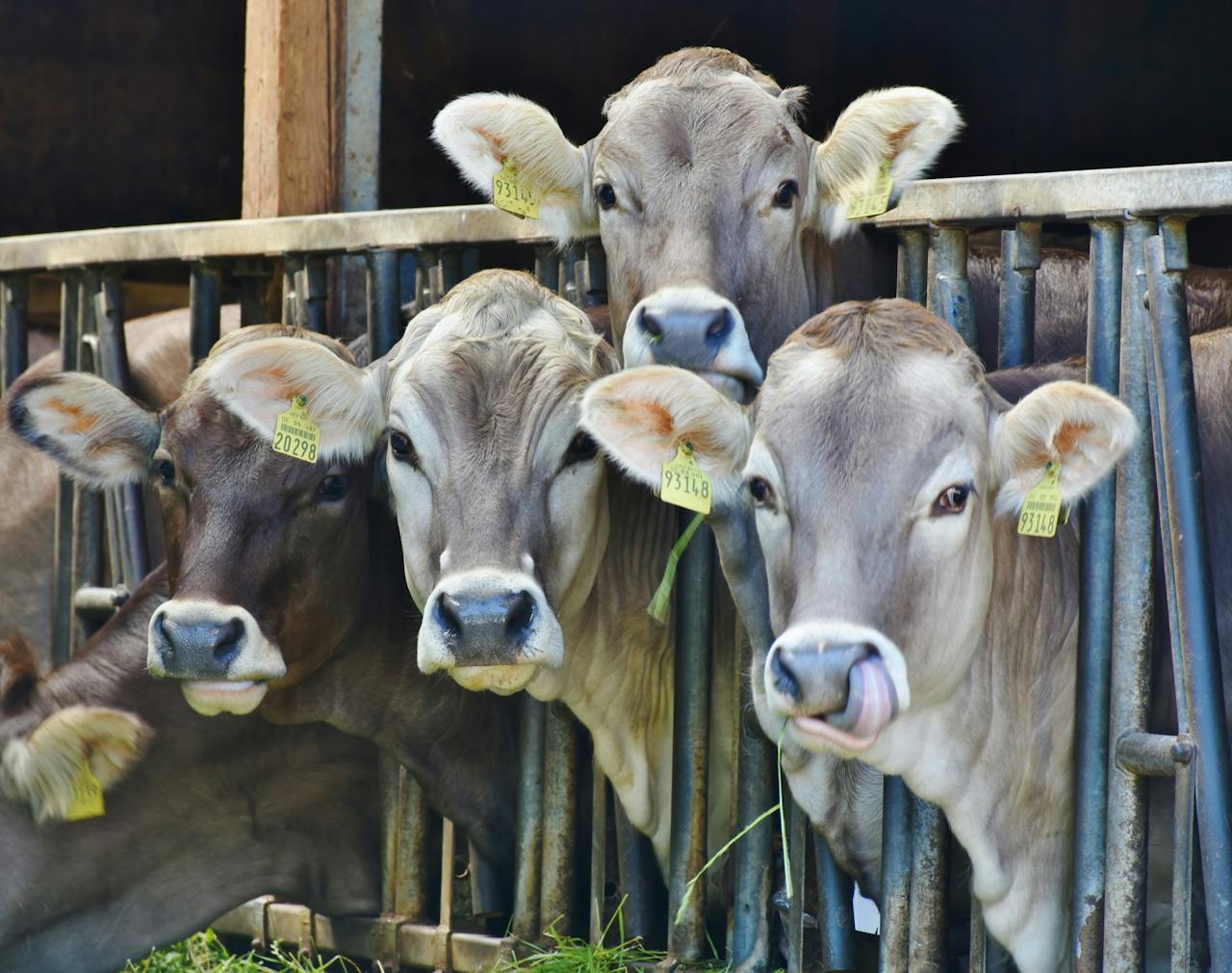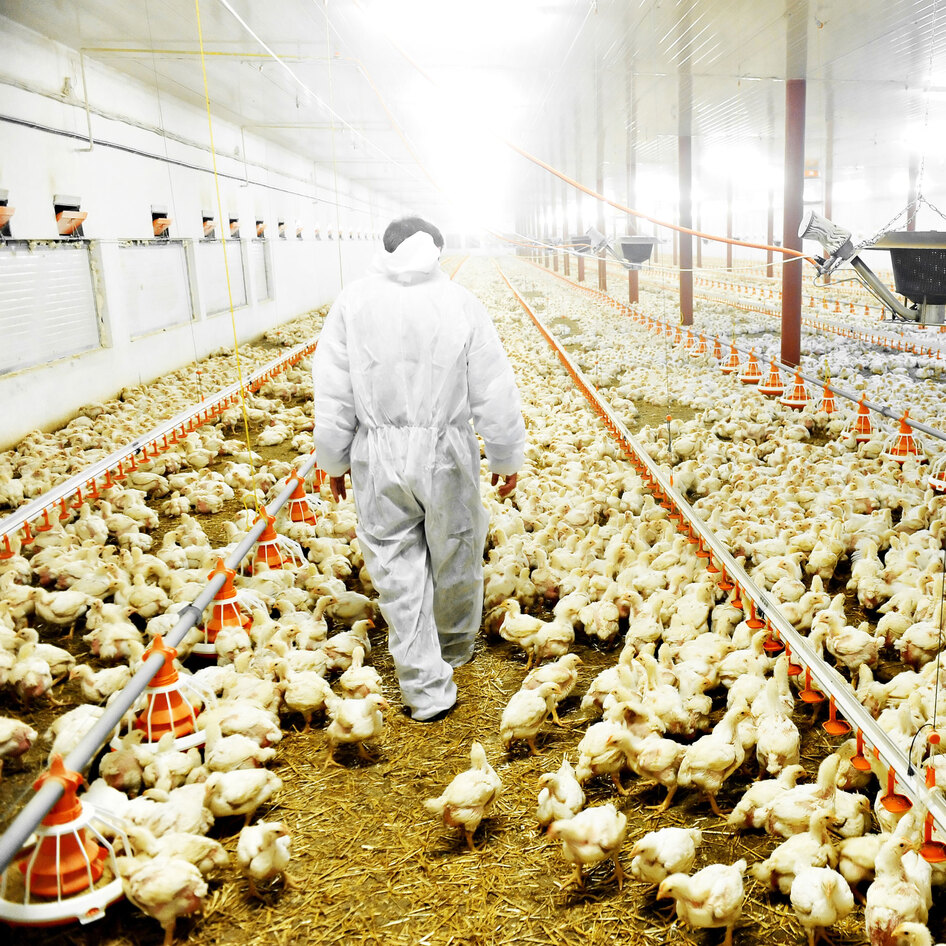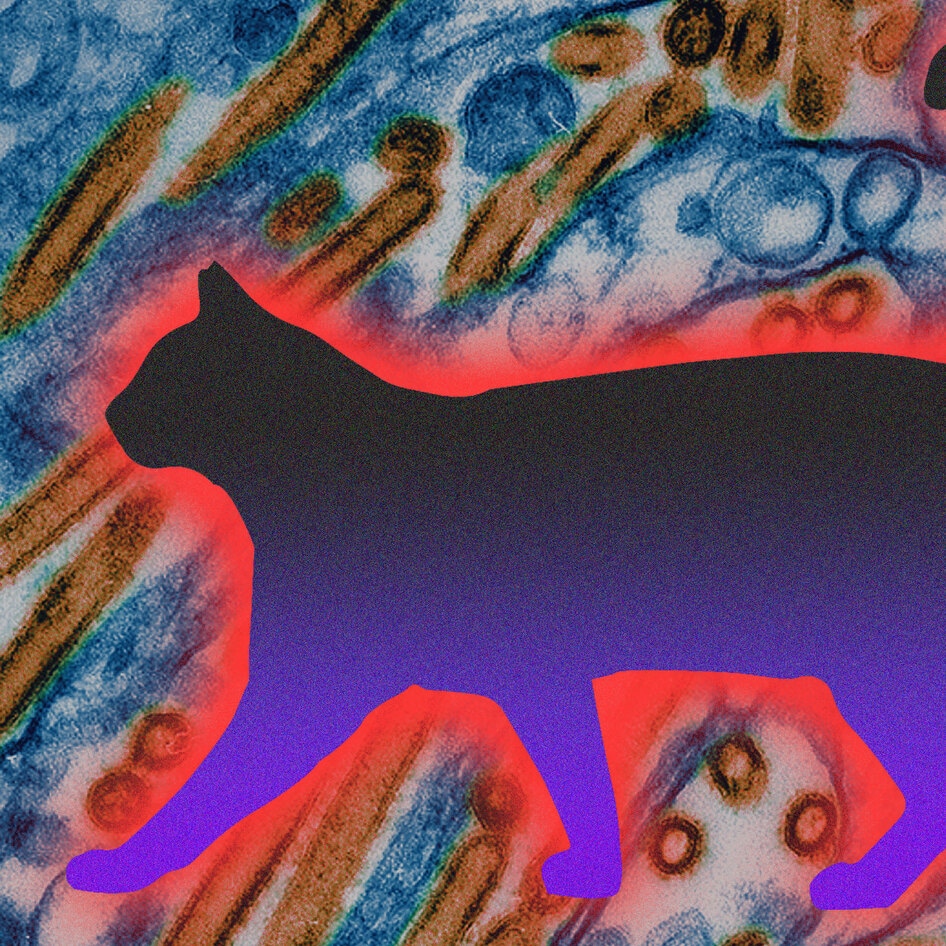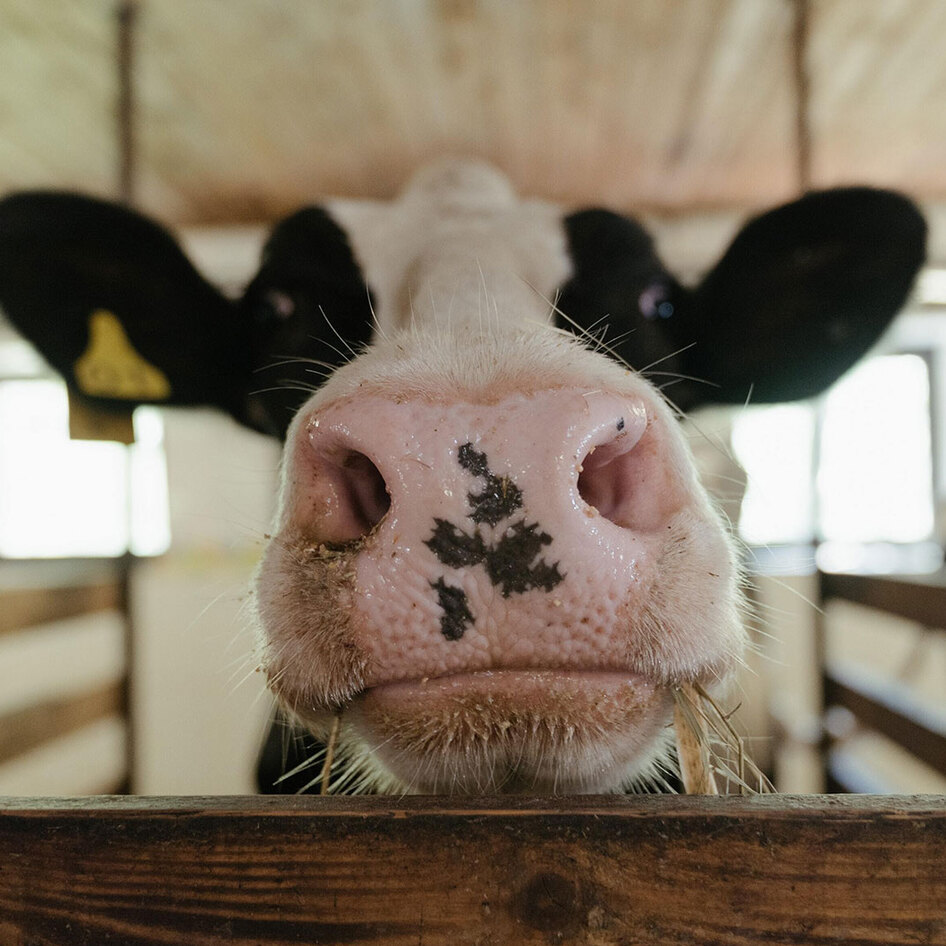The UK Health Security Agency (UKHSA) has released a new list of infectious diseases to monitor—many with the potential for a pandemic. At least 16 of the 24 diseases (which is more than 66 percent) are zoonotic, which means they are linked to animals. This list of diseases aims to prepare the country, scientists, and investors for emerging health threats.
The diseases are not ranked in any particular order, as predicting the next major health crisis is difficult. Before COVID-19, many countries were preparing for different public health risks. For example, the UK was focused on influenza outbreaks, while the US had stockpiled vaccines for anthrax and smallpox, anticipating potential bioterrorism.
“When COVID arrived, it took too long to adjust our response to a different threat, which was part of the reason we ended up in lockdown,” Mark Woolhouse, PhD, director of the Tackling Infections to Benefit Africa, University of Edinburgh, told BBC. “Since the pandemic, there have been many initiatives to better understand the diversity of pandemic threats that the UK and the world may face in the coming years.”
 Pexels
Pexels
The new list features diseases from a range of origins. Some, like gonorrhoea, have been around since the Medieval era and are spread through sexual contact, while others, like Group A strep, are spread via contaminated surfaces or infected individuals. However, a significant portion of the diseases—around 66 percent—are zoonotic, meaning they originated in animals before crossing over to humans. For example, Ebola likely jumped from fruit bats, Chikungunya is spread by mosquitoes, and Mpox (formerly monkeypox) is linked to small mammals, including squirrels and monkeys.
Interestingly, several of the diseases on the list are linked with animal agriculture, which means that the way we produce food might pose significant future health risks.
Modern diseases and animal agriculture
Much of the discussion surrounding the risks of animal agriculture focuses on its environmental impact—and rightly so. For instance, the beef industry is the leading cause of global deforestation. Overall, livestock production accounts for about 14.5 percent of global greenhouse gas emissions (for comparison, the fashion industry contributes around 10 percent, while aviation is responsible for about 2.5 percent). This, of course, makes the food system a threat to our future. However, animal agriculture can also serve as a breeding ground for disease.
One of the diseases on the UK’s list is Crimean-Congo haemorrhagic fever. It’s a tick-borne disease, but it cycles between domestic and wild animals. “Domestic and wild mammals act as disease amplifiers and can spread the disease to nearby areas,” notes the UK government website. Currently, the disease is rare, causing up to 15,000 human infections annually. However, its inclusion on the list suggests it is one to watch. In 2023, for example, cattle infected with ticks carrying the disease were found for the first time in southern France.
BECOME A VEGNEWS VIP: Get exclusive product deals, freebies, and perks galore!
Enterobacteriaceae, which includes E. coli, is also on the list. The bacteria typically cause symptoms like diarrhea and vomiting, but in some cases, it can be fatal. E. coli, which resides in the gut of many animals raised for meat, including cattle, sheep, and goats, is already widespread in the food system. For example, last year, Michigan meatpacker Wolverine Packing issued a recall of more than 167,000 pounds of ground beef due to E. coli contamination.
Other diseases on the new UK list linked to animal agriculture or that can easily spread through livestock include Rift Valley fever, which affects sheep, lambs, goats, and cattle, and Q fever, a bacterial infection that can be transmitted from livestock animals.
 Pexels
Pexels
Then, of course, there’s influenza—specifically, bird flu. Currently, this poses one of the biggest public health threats related to animal agriculture. In the last quarter of 2024 alone, around 20 million egg-laying hens in the US died due to bird flu.
“The emergence of highly pathogenic avian influenza is linked to the intensification of the poultry sector,” Wendla Beyer, Policy Coordinator at international animal welfare organization Four Paws, said back in 2023. The situation is worsening. In late March 2025, the UKHSA stated that while the risk of bird flu to humans is still low, it currently holds the “greatest potential” for causing a pandemic. Recently, the virus has even spread to sheep for the first time.
As the UKHSA’s new list highlights, infectious diseases are a constant and evolving threat, with many linked to the ways we interact with animals. Many experts have urged a shift to a plant-based food system, not just for the planet but to also lower the risk of disease. “Intensive farming has accelerated the circulation and mutation of the virus and continues to do so,” added Beyer. “We need policies to reduce the number of animals farmed and reorganize food systems away from the highly intensive, highly centralized production models that we currently have.”
For more plant-based stories like this, read:
JUMP TO ... Latest News | Recipes | Guides | Health | Subscribe









